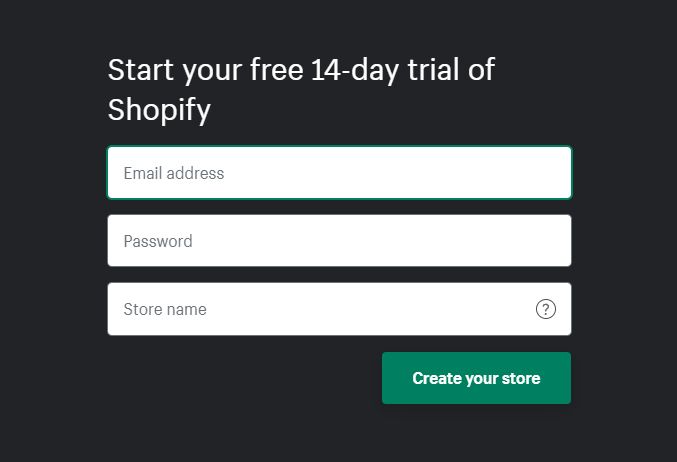In WordPress, you’re provided with a Text editor in which you are able to see the HTML markup of each of your posts and pages. By using this Text editor, you can use more editing options which help you to present your posts more clearly to your customers.
To help you understand more about HTML and know how to use it, here is an instructional writing on some things to know about HTML.
Some things to know about HTML
The definition of HTML
HyperText Markup Language, which can be also called as HTML, is a markup language used to create web pages. Using HTML, you can add links and images to your posts by adding special tags like <a> and <img>.
Please note that not all tags can be used in WordPress.
How to view HTML
First, you need to open your blog’s dashboard and edit any post or page. You can use a post you already wrote to see the HTML more clearly. Next, Click on the HTML tab which can be seen above the editing area and next to the next to the Visual tab.

As you can see, the HTML editor contains all text, and all links, images, quotes are shown in form of text. There are two kinds of text shown the editor: the actual content of the post and the HTML code.
To differentiate between these two kinds, there are angled brackets,< and >, at the start and the end of the code in the HTML code. How your post will look and behave is determined by the tags which are also known as predefined HTML commands.
For instance, using the <em> tag will italicize and emphasize a word.
In order to open a new tag, you need to type the tag you want to use just before the text you wish to change in some way. For example, type <em> to start to emphasize a word. Next, in order to end the effect, you need to add a closing tag by inserting a slash to the same tag: </em>.
To avoid turning your formatting into a mess, please remember that every tag must have an opening tag and a closing tag!
Insert a link
Using the <a> tag, which is a short form of anchor, will help you insert a link. This is an example of the <a> tag:
<a href="https://blog.avada.io">Start blogging on WordPress.com</a>

The built-in WordPress editor can also be used to easily add links. The built-in WordPress editor helps you to create the anchor tag and save your time.
In order to ensure the security, only these protocols are allowed: http, https, ftp, ftps, mailto, news, irc, gopher, nntp, feed, telnet, mms, rtsp, svn, tel, fax, xmpp, webcal.
Format text
You can easily make your text bold, italic, underlined, or struck through with HTML. You can follow these example:
Bold text:
<strong>bold text here</strong>
Italic text:
<em>italic text here</em>
Underlined text:
<u>underlined text</u>
Strikethrough text:
<strike>strikethrough</strike>
Add images in HTML
To add image in WordPress, other than using the reccomended Media Library method, you can use HTML. This is an example of using the tag:
<img alt="Hero" src="http://en-support.files.wordpress.com/2014/03/hero.gif">

If you want to move your image from one place to another in one post, dragging the image itself to another location will result in the image’s caption or some other bits of its HTML markup being left behind. However, in the HTML editor, cutting-and-pasting the entire code block to another area of the text editor helps you easily avoid formatting woes.

Make Call to Action Button
In order to add button to your posts, please check the How to create Call to Action Button.
Conclusion
With this detailed and informative writing on HTML, we hope that you would take your time and read the instruction carefully to get your problem solved.


